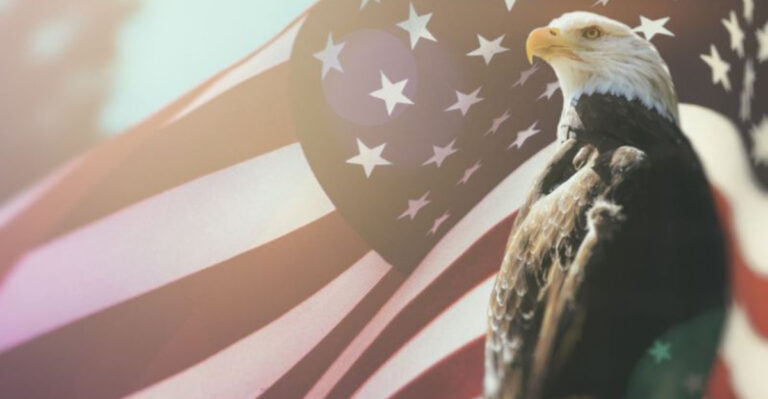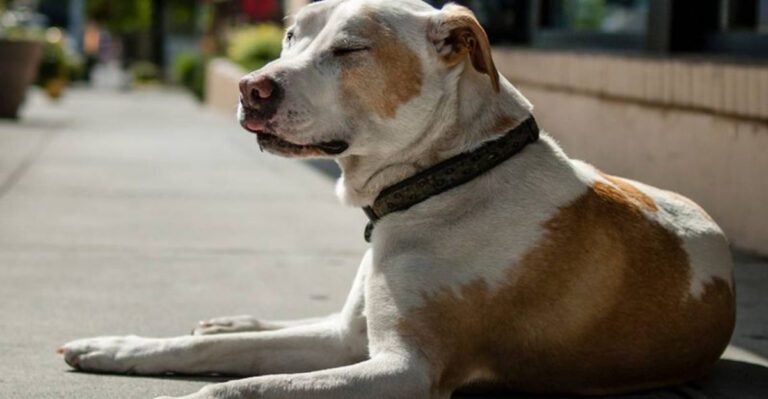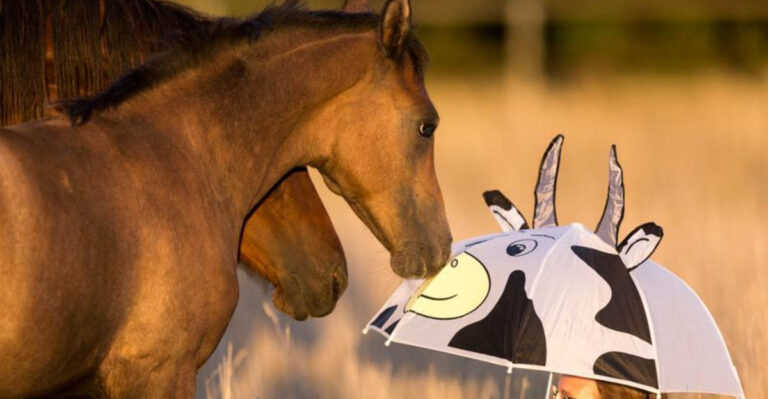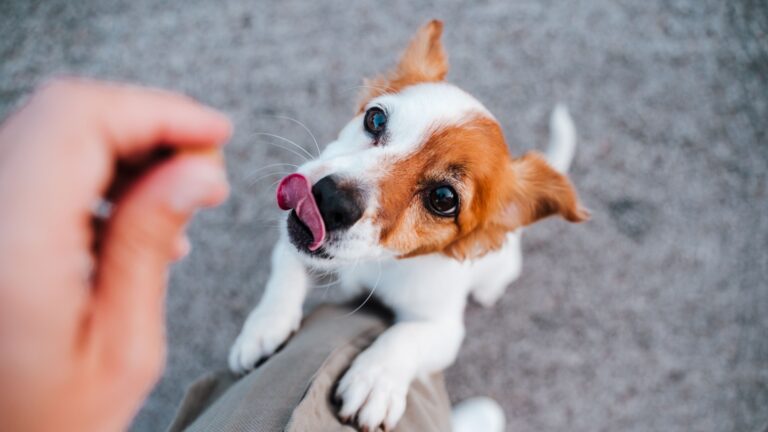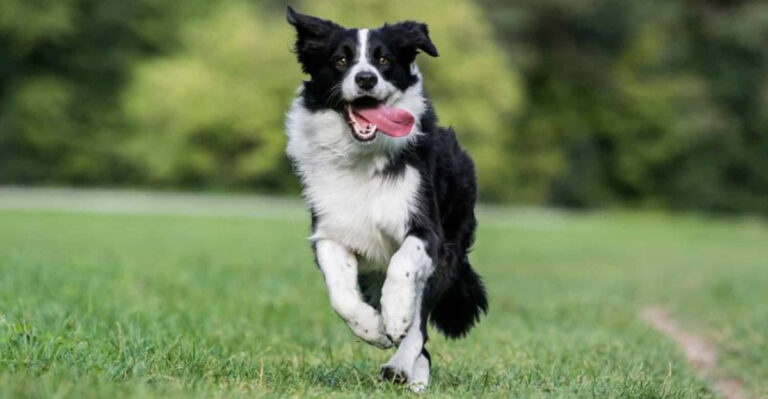All About Bird Wings And Flight Feathers
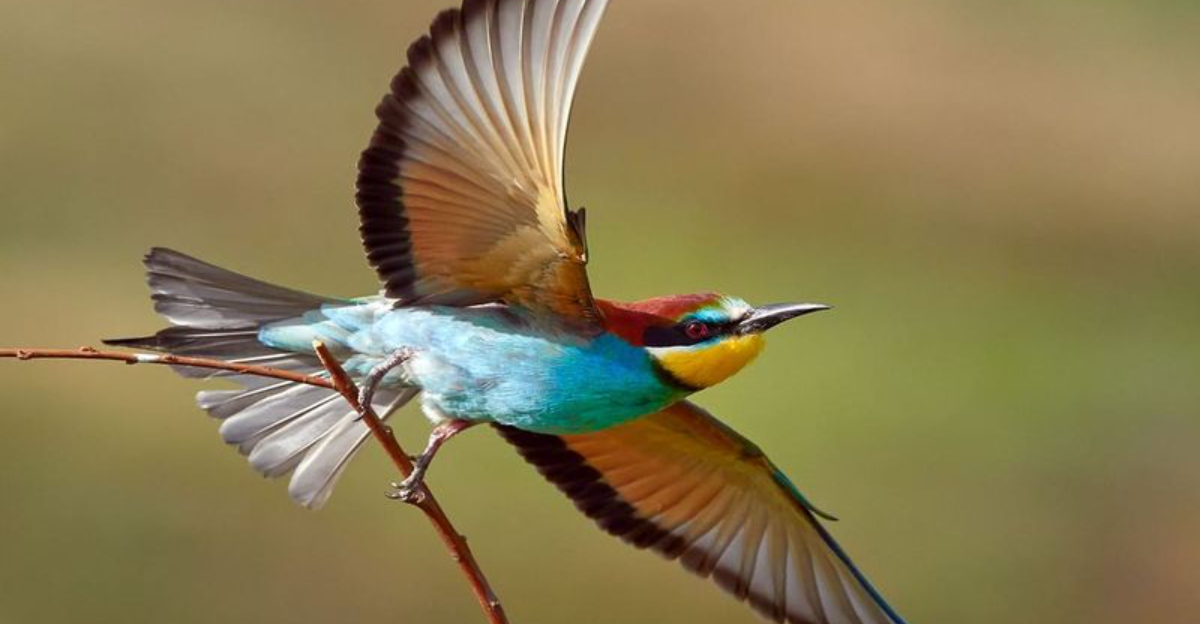
Ever wondered how birds soar through the sky with such grace? Bird wings are marvels of natural engineering, allowing our feathered friends to perform incredible aerial feats. From tiny hummingbirds to massive albatrosses, each wing design is perfectly adapted to the bird’s lifestyle and flying needs.
1. Hollow Bones Create Lightweight Flight Machines
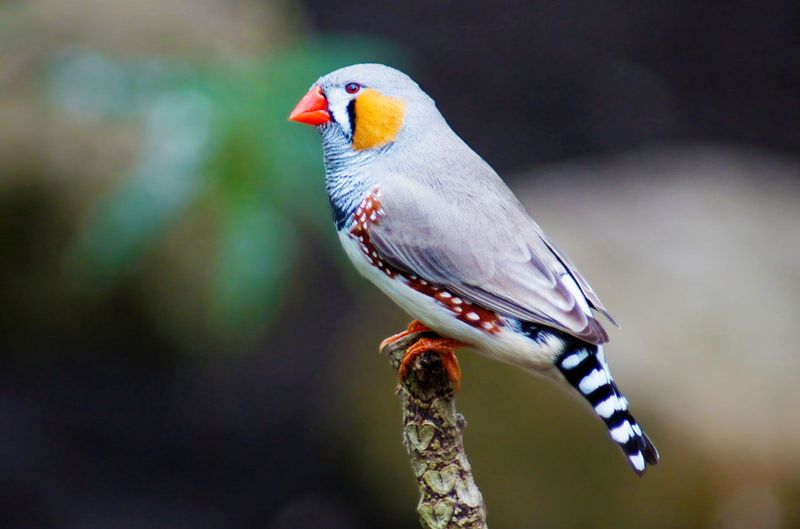
Birds’ bones aren’t just light—they’re actually hollow with internal struts for strength! This clever design dramatically reduces weight while maintaining structural integrity.
Think of it as nature’s version of an airplane’s framework, making flight possible without sacrificing durability. Most flying birds have bones that weigh less than their feathers!
2. Asymmetrical Flight Feathers Generate Lift
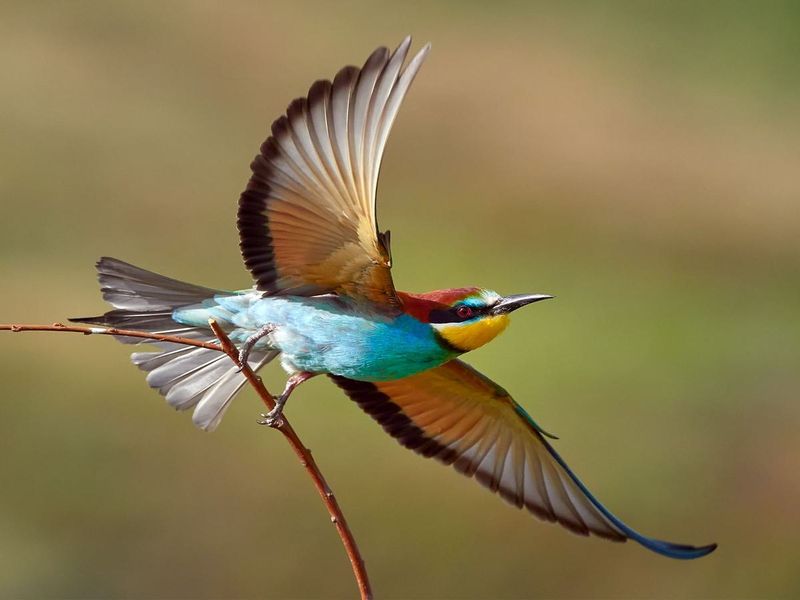
Flight feathers have an ingenious design—wider on one side of the shaft than the other. This asymmetry creates the perfect airfoil shape when air flows across the wing.
As the bird moves forward, this shape generates lift, exactly like airplane wings. The pressure difference between the top and bottom surfaces literally pulls the bird upward!
3. Alula: The Bird’s Thumb Wing
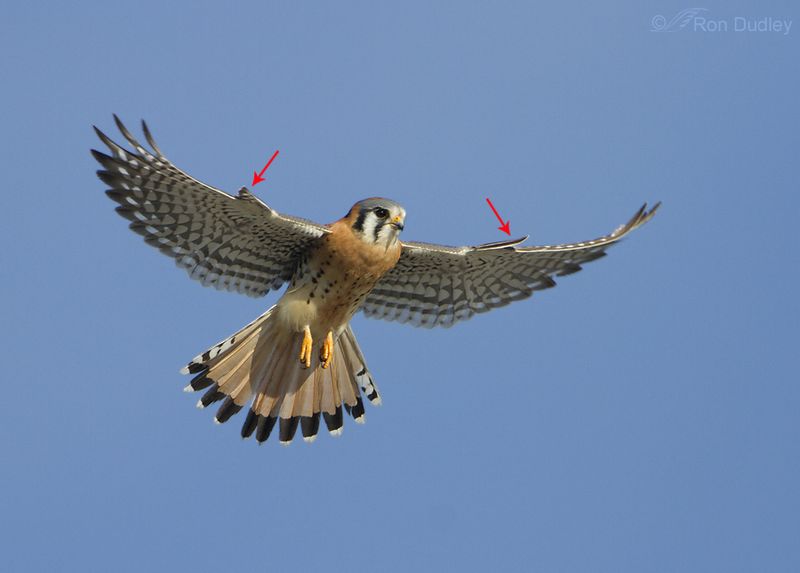
Look closely at a bird’s wing and you’ll spot a tiny cluster of feathers sticking out near the bend. That’s the alula, or “bastard wing”—actually attached to the bird’s thumb!
Working like aircraft slats, alulas prevent stalling during slow flight and landing. Birds adjust these feathers instinctively when they need extra control at low speeds.
4. Wing Shape Reveals Flying Style
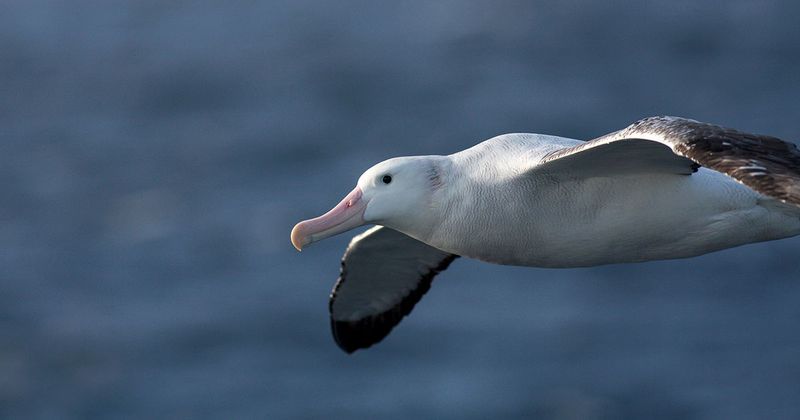
Hawks sport broad, slotted wings perfect for soaring on thermal updrafts. Falcons have sleek, pointed wings built for high-speed dives. Hummingbirds possess short, blade-like wings for hovering.
Each wing shape tells a story about how the bird flies and hunts. Seabirds like albatrosses have incredibly long, narrow wings for gliding effortlessly above oceans for days!
5. Feather Zippers Create Airtight Surfaces
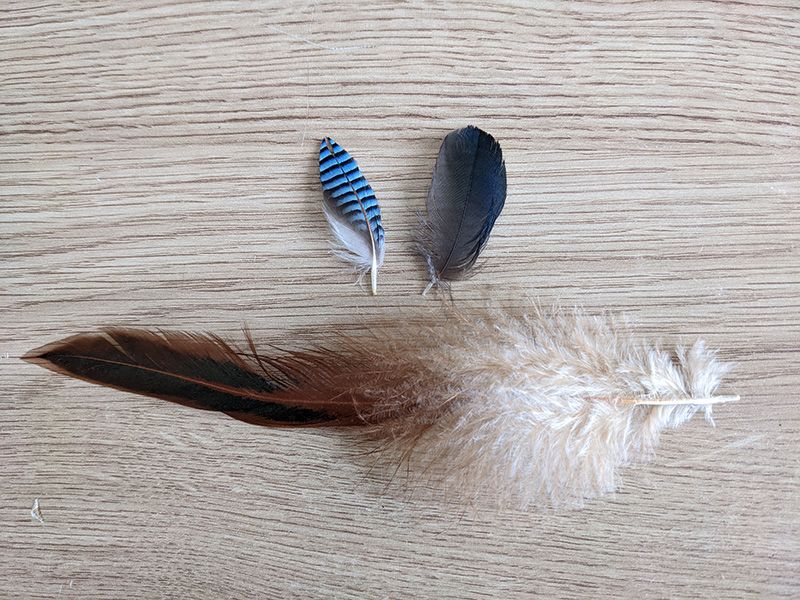
Tiny hooks called barbicels work like microscopic zippers, locking together the barbs on each feather. Birds maintain these connections by preening—running feathers through their beaks to reconnect any separated barbs.
This zippered structure creates a smooth, airtight surface essential for efficient flight. Without this interlocking system, air would leak through the wing, destroying lift!
6. Wing Slots Prevent Stalling
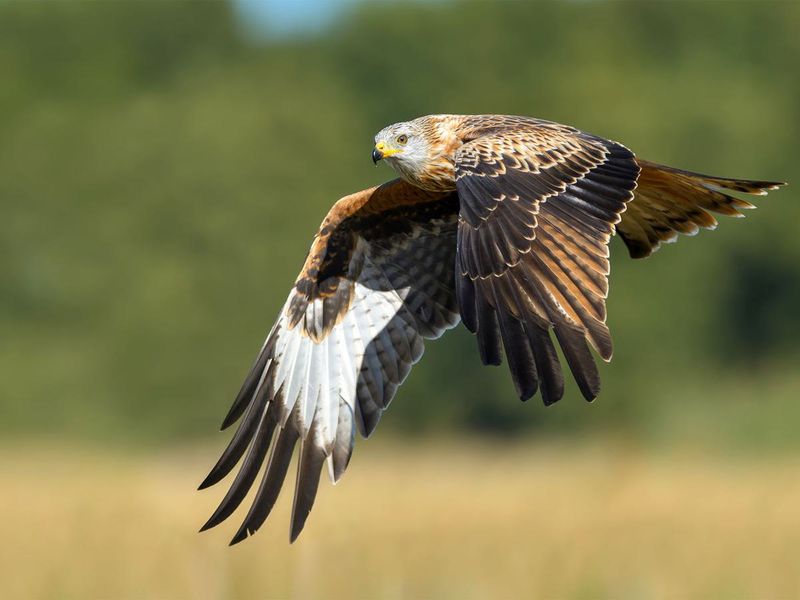
Eagles and vultures have feather slots at their wingtips that look like spread fingers. Air flows through these gaps, creating separate mini-vortices instead of one large, destabilizing vortex.
These natural wing slots function exactly like the slotted wings on aircraft. They allow birds to fly slowly without stalling—crucial when searching for prey or riding thermal currents upward.
7. Wingbeats Vary From 200 to 2 Per Second
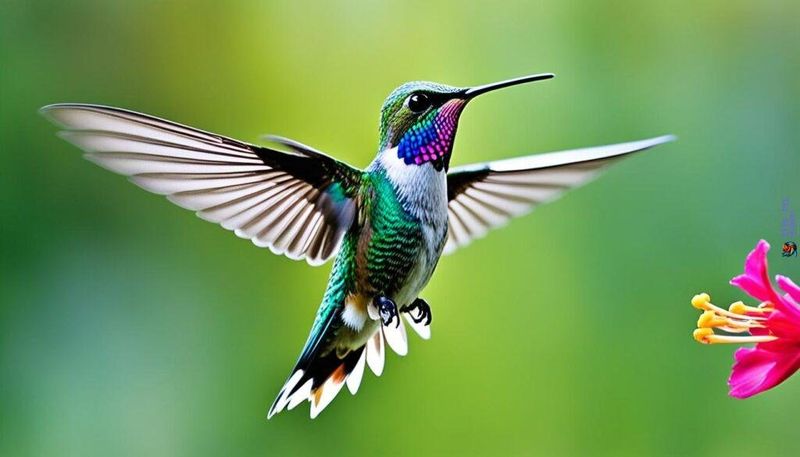
Ruby-throated hummingbirds flap their wings up to 200 times per second, creating their signature hum. At the other extreme, albatrosses might flap just once every minute while gliding!
Between these extremes, songbirds average 13 wingbeats per second, while hawks use about 3-4. Each species has evolved the perfect wingbeat frequency for its size and flying style.
8. Molting Maintains Flight Performance
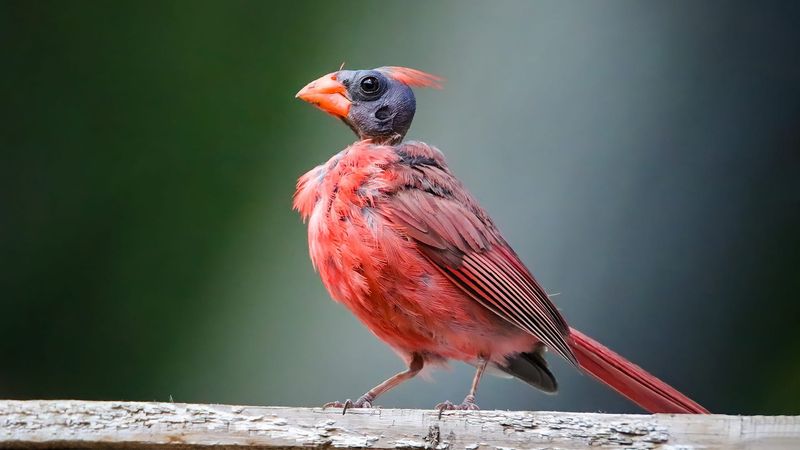
Birds replace their feathers gradually in a process called molting. Unlike losing all flight feathers at once (which would be disastrous!), they shed them in matching pairs across both wings to maintain balance.
This sequential replacement ensures birds can still fly during molting. The process requires tremendous energy—some birds eat up to 30% more food during molting periods!
9. Supracoracoideus: The Secret Upstroke Muscle
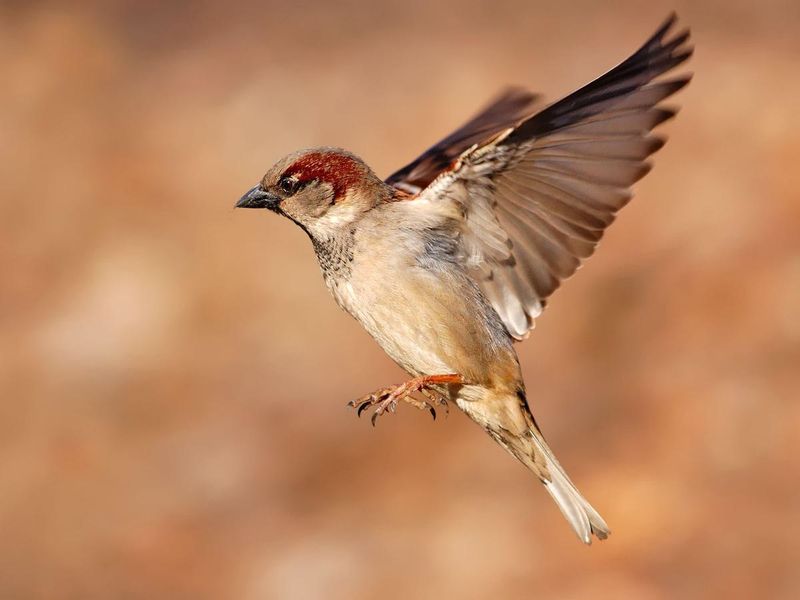
Flying birds have a unique pulley system inside their chest. The supracoracoideus muscle pulls wings upward through a bone tunnel and over a biological pulley!
Unlike insects that use different muscles for up and down strokes, birds use this clever arrangement to power both movements. This pulley system gives birds extraordinary aerial maneuverability and efficient flight mechanics.
10. Specialized Wingtips Reduce Drag
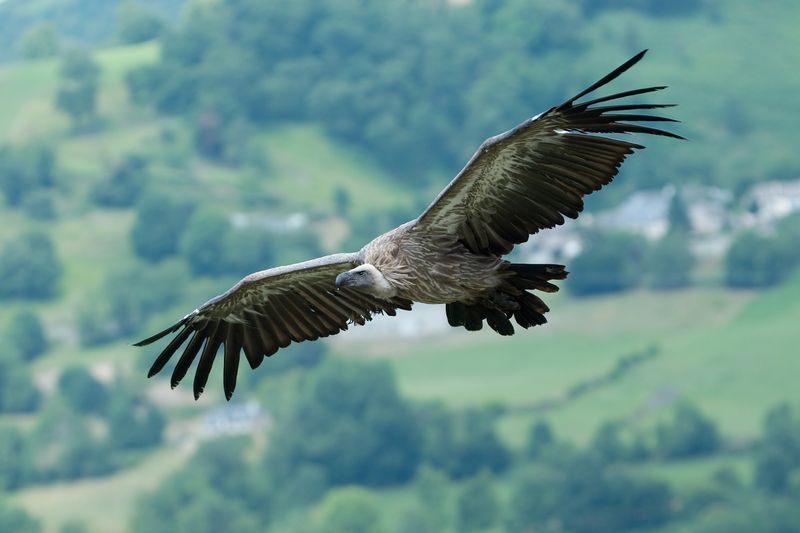
Next time you see a soaring hawk, notice its spread wingtip feathers. These separated feathers reduce wingtip vortices—swirling air patterns that create drag.
Engineers actually copied this design for modern aircraft winglets! By splitting the wingtip into “fingers,” birds minimize energy loss during flight. This adaptation is especially important for birds that soar or migrate long distances.
11. Wing Loading Determines Flying Ability
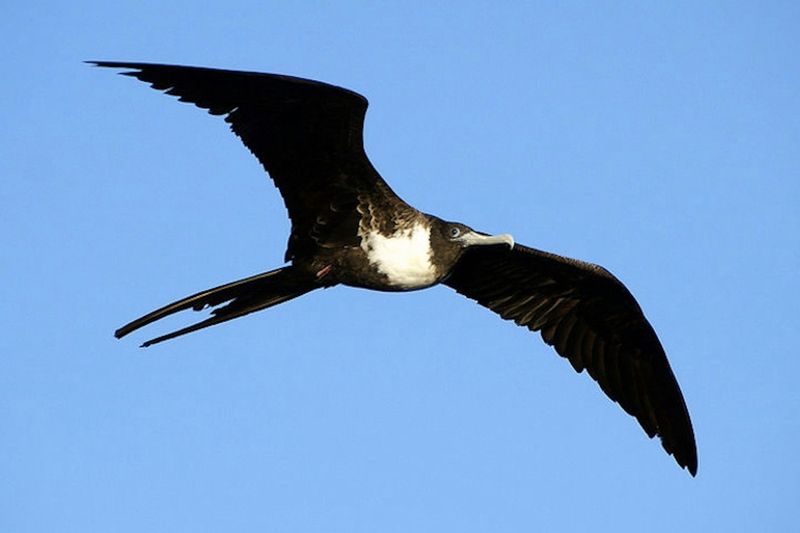
Wing loading—the ratio of body weight to wing area—varies dramatically between species. Vultures have large wings relative to their body weight, allowing effortless soaring on thermals.
Ducks have small wings for their chunky bodies, requiring rapid wingbeats to stay airborne. Hummingbirds have extremely low wing loading, enabling their remarkable hovering abilities and quick directional changes.
12. Feather Colors Come From Structure, Not Just Pigment
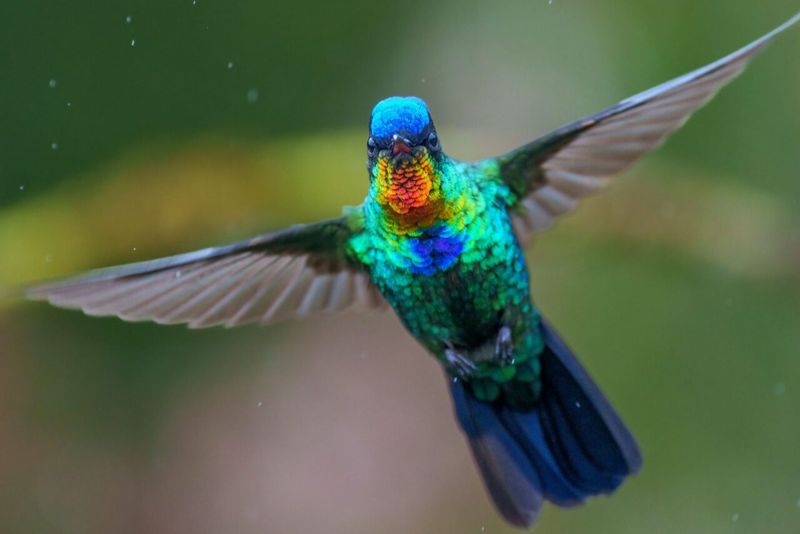
The iridescent shimmer on hummingbird feathers isn’t from pigment—it’s structural! Microscopic layers in the feather barbs reflect specific light wavelengths, creating those metallic blues and greens.
These structural colors change depending on viewing angle, unlike pigment-based colors. Many birds combine both structural colors and pigments to create their stunning wing patterns.
13. Wing Clapping Creates Special Sounds
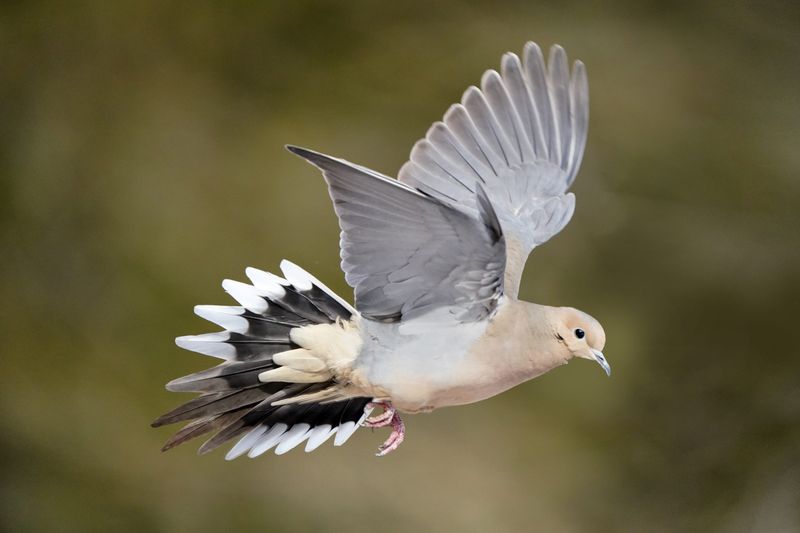
Mourning doves produce a whistling sound during takeoff—not from their throats, but from their wings! Special feather shapes create distinctive sounds when air rushes through them during flight.
Manakins perform elaborate courtship displays by snapping their wings together above their backs. Some woodpeckers drum their wings against their bodies, producing non-vocal sounds that help them communicate.
14. Incredible Wing-to-Body Ratios
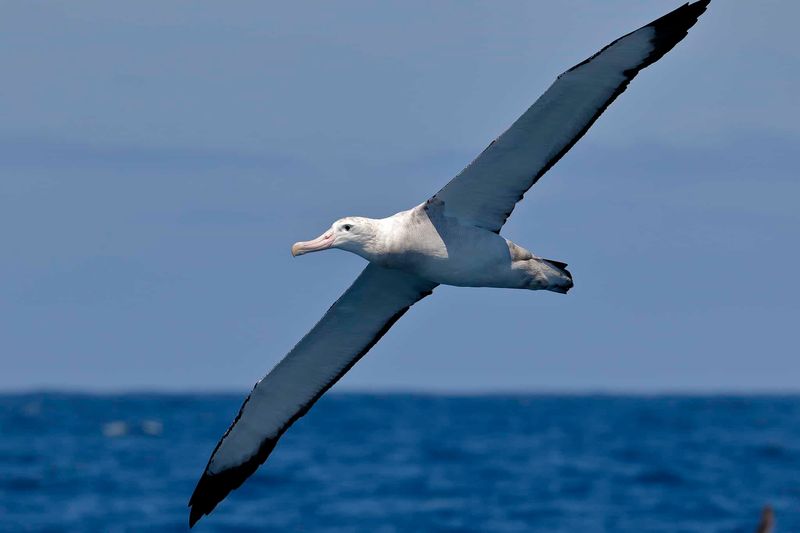
Wandering albatrosses have wings spanning up to 11 feet—the largest of any living bird! Their incredible 3:1 wing-to-body ratio allows them to glide for hours without a single flap.
These ocean wanderers can lock their wings in extended position thanks to a special tendon arrangement. Some albatrosses have been tracked flying over 10,000 miles in a single journey!

